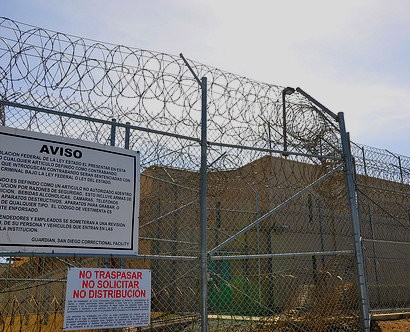Locking up kids

President Obama’s proposed $4 trillion budget wisely includes $1 billion to address the conditions in Central America that sent tens of thousands of women and children fleeing to the United States last summer. (Similar numbers are anticipated this coming summer.) Some of this money is directed at helping El Salvador, Guatemala, and Honduras reform their judicial systems so that fewer people have need to flee. Most of the women and children entering from Central America are victims of domestic and gang-related violence, and they would benefit from more effective local governance.
But the budget unwisely calls for increased funding to house these families in detention centers in the United States—even though human rights groups have advocated for an end to child and family detention, citing the negative effects of incarceration on children and the injustice of locking up innocent people. Despite these criticisms and the lawsuits filed to protest conditions at family detention centers, up to $850 million is slated for the “apprehension, care, and transportation of unaccompanied children and families with children apprehended along the southwest border.”
Much of that money would go to Corrections Corporation of America, which operates a newly opened family detention center in Dilley, Texas. At Dilley, the largest such center in the country, 2,400 detainees will be housed at a cost of $300 per person per day. The average age of children incarcerated there is six.




